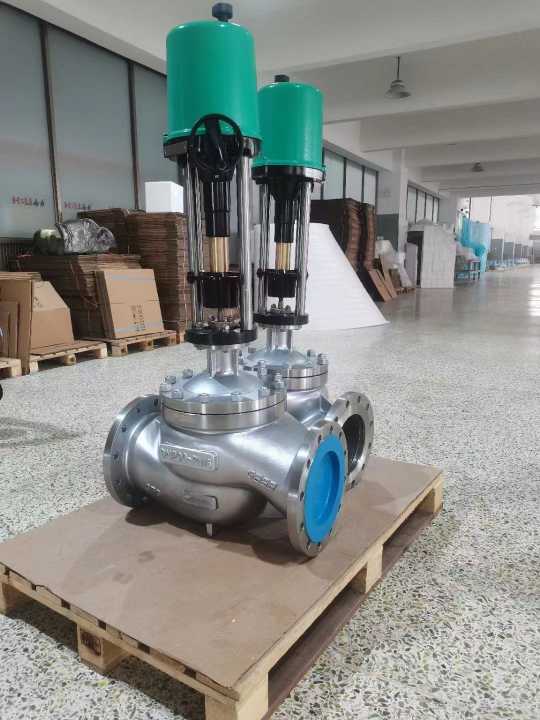hydrogen energy electric single seat regulating valve: a key component in hydrogen systems
Release time:2025-08-22 01:12:53
In recent years, hydrogen energy has emerged as a critical player in the quest for cleaner and more sustainable energy sources. As the world shifts toward reducing carbon emissions and exploring renewable alternatives, hydrogen is recognized for its potential to revolutionize energy systems, particularly in the transportation and industrial sectors. Among the various technologies supporting the efficient use of hydrogen, the Hydrogen Energy Electric Single Seat Regulating Valve plays a pivotal role in ensuring that hydrogen systems operate safely, efficiently, and precisely. This article explores the significance of this valve in hydrogen applications, highlighting its features, benefits, and importance in controlling hydrogen flow.

What is a Hydrogen Energy Electric Single Seat Regulating Valve?
A Hydrogen Energy Electric Single Seat Regulating Valve is a specialized valve designed to regulate the flow of hydrogen gas in industrial applications. It consists of an electric actuator that controls the opening and closing of the valve, thus managing the flow rate, pressure, or temperature of hydrogen gas within a pipeline or system. The term "single seat" refers to the valve's internal configuration, which features a single seating element, often used for relatively lower pressure and flow applications.
These valves are crucial in systems that require high-precision control, such as hydrogen fueling stations, hydrogen production plants, and fuel cell systems. They are designed to handle hydrogen safely, minimizing the risks associated with handling such a flammable and highly pressurized gas.

